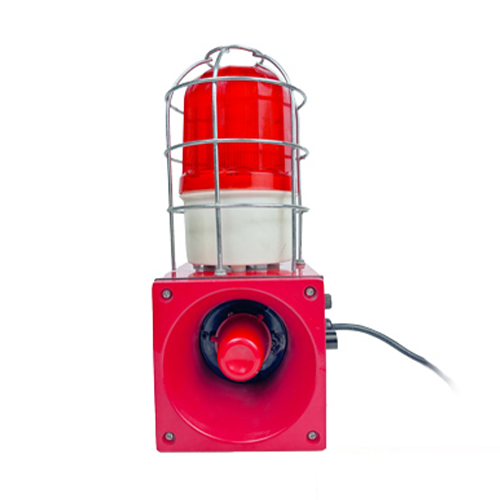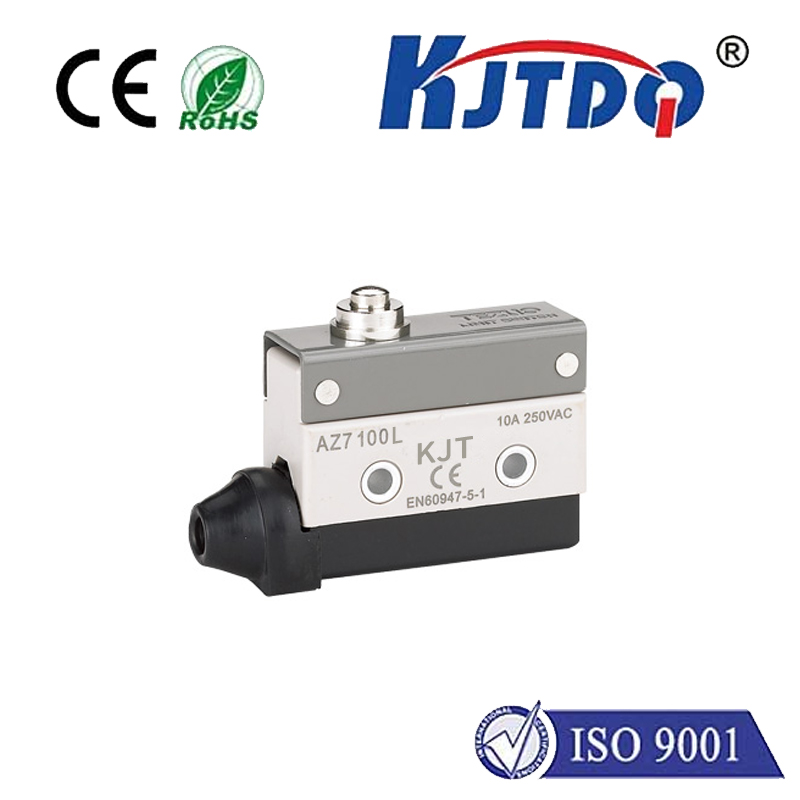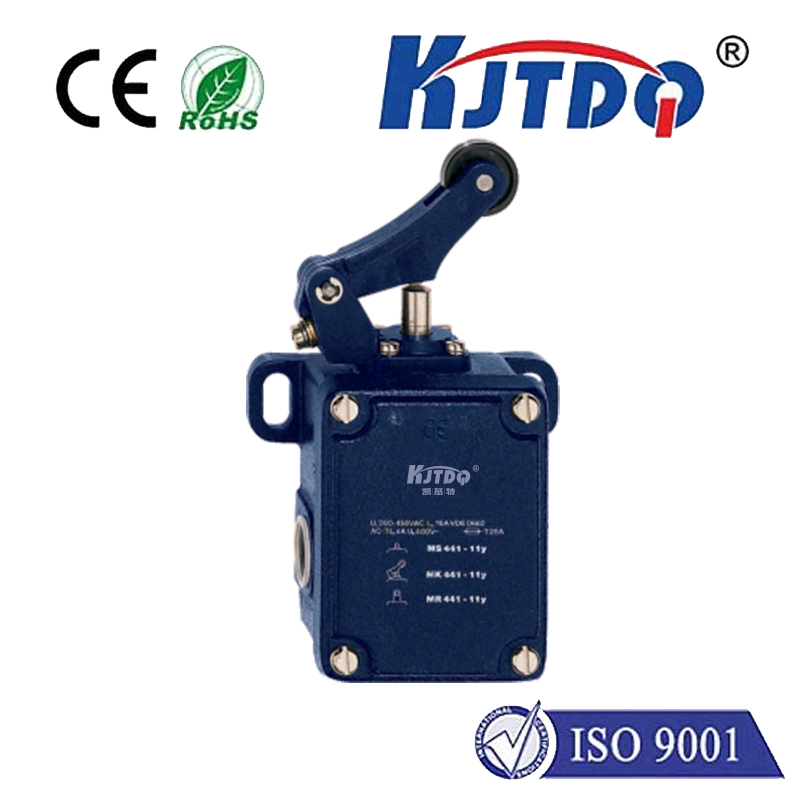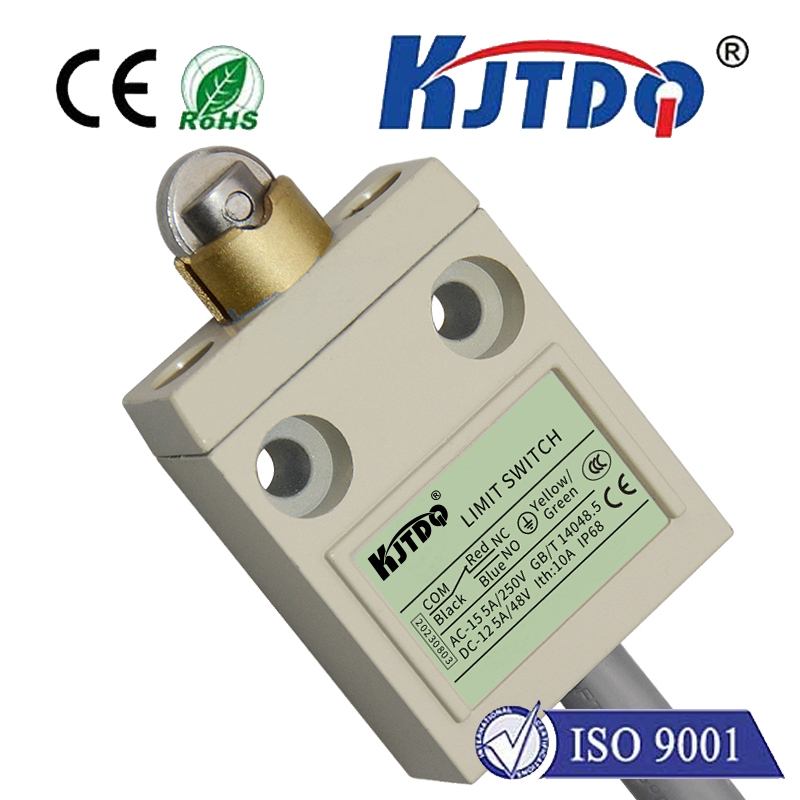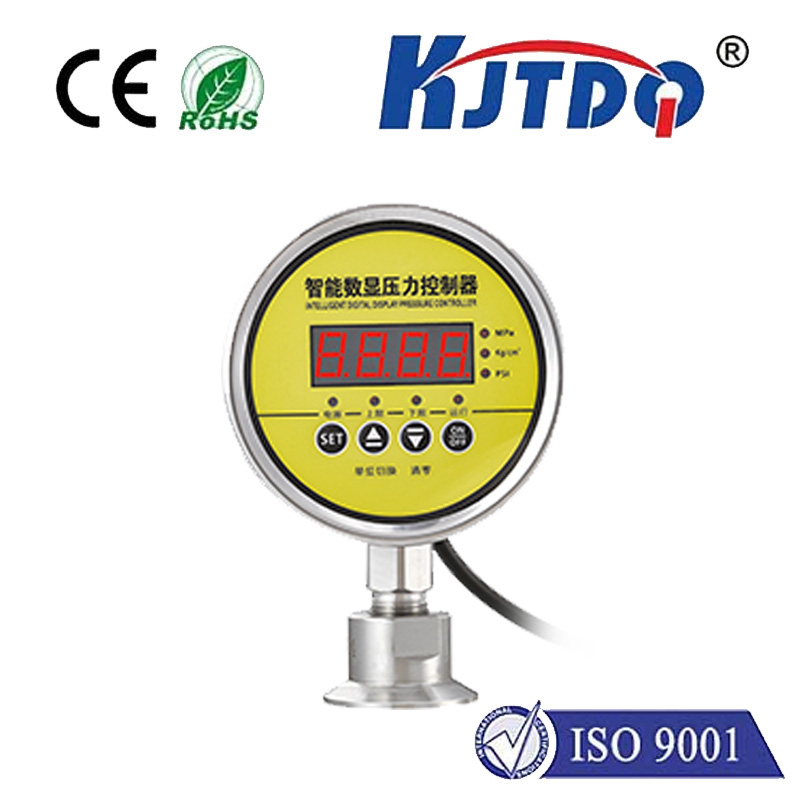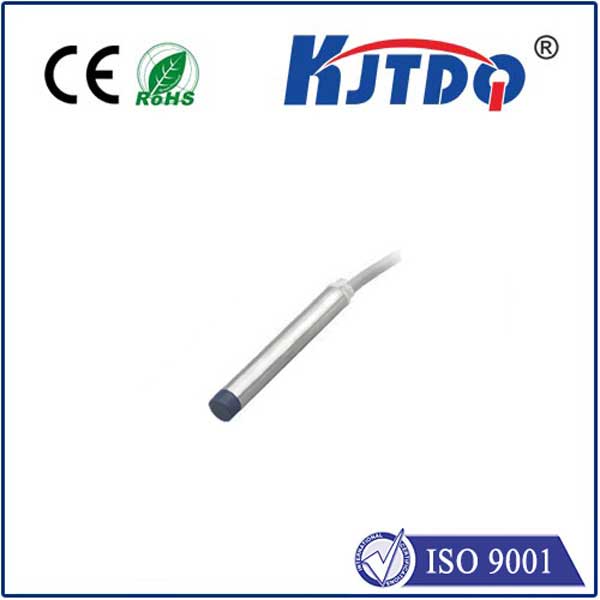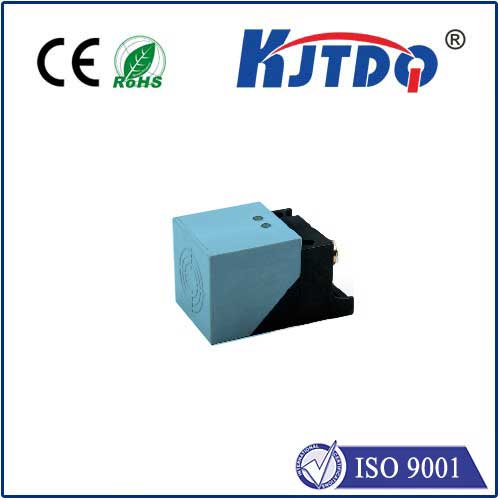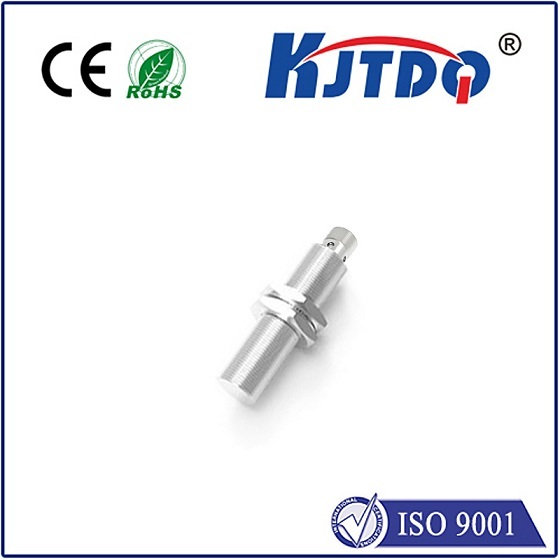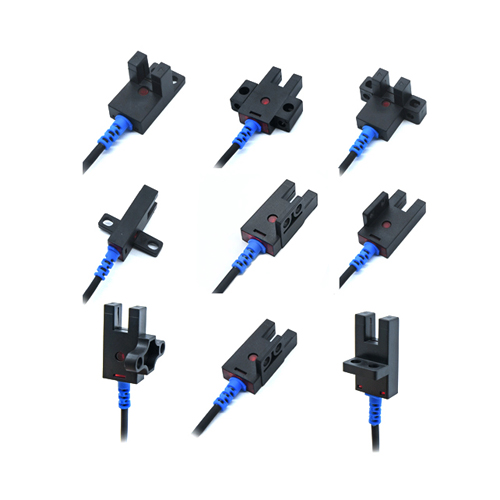high temperature limit
- time:2025-08-04 13:05:51
- Click:0
High Temperature Limit: Pushing the Boundaries of Material Performance
We’ve all felt the sting of an overheated engine or watched metal warp under a welder’s torch. But what happens when the stakes are infinitely higher? When the relentless assault of extreme heat isn’t just an inconvenience, but a fundamental barrier to technological progress? This is the domain of the high temperature limit – a critical frontier where materials and systems confront their ultimate thermal constraints. Understanding this limit isn’t merely academic; it’s the key to unlocking revolutionary advancements in energy generation, aerospace exploration, and industrial efficiency.
Defining the Threshold: What is the High Temperature Limit?
Simply put, the high temperature limit refers to the maximum temperature a material, component, or system can reliably withstand while maintaining its essential functions and structural integrity. It’s not a single, universal number but a complex boundary dictated by the interplay of:

- Material Properties: Melting point, strength retention, creep resistance, oxidation/corrosion rate, thermal conductivity, and thermal expansion coefficient all degrade at elevated temperatures.
- Application Requirements: The specific stresses (mechanical, thermal, chemical) the component faces and the required lifespan dictate how close to the absolute limits it can operate.
- Environment: The presence of oxidizing atmospheres, corrosive gases (like sulfur), erosive particles, or high pressure drastically alters performance limits.
Reaching this limit means one or more critical failure mechanisms take hold, leading to catastrophic breakdown or unacceptable performance loss. Thermodynamic equilibrium principles remind us that all materials want to react, degrade, or change state at high temperatures; the high temperature limit marks where engineering control loses the battle against natural entropy.
The Science Behind the Heat: Why Materials Fail
Several fundamental physical processes intensify dramatically as temperature rises, pushing components toward their high temperature limit:
- Accelerated Diffusion: Atoms vibrate more intensely and move faster. This speeds up processes like oxidation (reaction with oxygen forming scale), carburization (carbon absorption), and unwanted phase changes (e.g., grain growth in metals).
- Thermal Expansion Mismatch: Different materials expand at different rates (thermal expansion coefficients). In complex assemblies (like turbine blades with coatings), this can induce severe thermal stress, leading to cracking or delamination, especially during thermal cycling.
- Creep: Under constant stress (like centrifugal force in a turbine blade), materials slowly and permanently deform over time. Creep deformation rates increase exponentially with temperature. At the high temperature limit, creep rupture – failure under load without exceeding yield strength at room temperature – becomes a primary concern.
- Melting & Softening: Obvious, but crucial. Metals soften well below their melting point (losing yield strength). Ceramics can vitrify or sublimate. Polymers degrade long before melting.
- Environmental Attack: High temperatures drastically accelerate chemical reactions with the environment. Hot corrosion (sulfidation/oxidation), erosion by hot gases, and hydrogen embrittlement are major threats pushing systems to their operational brink.
Why Pushing the Limit Matters: Critical Applications
The drive to increase the high temperature limit is driven by compelling technological and economic imperatives:
- Power Generation Efficiency: The thermodynamic efficiency of engines (gas turbines, jet engines) and power plants (coal, nuclear, concentrated solar power) scales directly with operating temperature. Raising turbine inlet temperatures by even 50°C can translate to significant fuel savings and reduced CO2 emissions. Higher limits enable more efficient Brayton cycles and Rankine cycles.
- Hypersonic Flight & Space Exploration: Re-entry vehicles, hypersonic aircraft, and rocket engines face temperatures exceeding 2000°C due to atmospheric friction and combustion. Materials surviving these extremes are essential for sustained flight beyond Mach 5 and accessing deep space.
- Industrial Processes: Steelmaking, glass production, cement kilns, and chemical processing reactors operate continuously under extreme heat. Increasing their operating temperature can enhance reaction rates, improve product quality, and reduce energy consumption. Higher limits mean less downtime for repairs.
- Advanced Nuclear Reactors: Next-generation designs like molten salt reactors (MSRs) and high-temperature gas-cooled reactors (HTGRs) inherently operate at much higher temperatures than conventional plants, offering inherent safety advantages and enabling process heat applications. Materials must resist molten salts, helium erosion, and neutron damage at high temperatures.
- Electronics and Sensors: Monitoring and controlling high-temperature processes requires sensors and electronics that can function reliably in-situ. Pushing the operational temperature limit of semiconductors and sensor elements is crucial.
Overcoming the Barrier: Engineering Solutions at the Frontier
Surpassing existing high temperature limits is a relentless pursuit involving multi-faceted strategies:
- Advanced Material Development: This is the frontline battle.
- Nickel-Based Superalloys: Engineered with complex alloying (Cr, Al, Co, Re, Ta, W, Mo) and intricate microstructures (gamma-gamma prime), these are the workhorses of hot sections in jet engines and gas turbines. Their strength stems from the coherent precipitates blocking dislocation motion.
- Refractory Metals & Alloys (Tantalum, Tungsten, Molybdenum, Niobium): Possess exceptionally high melting points (>2000°C) but are heavy, prone to oxidation, and difficult to process. Often used in niche, high-stress applications or as substrates.
- Ceramics & Ceramic Matrix Composites (CMCs): Silicon Carbide (SiC), Silicon Nitride (Si3N4), and Oxide-Oxide CMCs offer superior high-temperature strength, low density, and excellent oxidation/corrosion resistance compared to metals. They are revolutionizing turbine components and heat exchangers, pushing boundaries significantly. Their inherent brittleness is mitigated through composite design.
- Carbon-Carbon Composites: Exceptional strength retention and thermal shock resistance above 2000°C in inert atmospheres, essential for re-entry vehicle nose cones and rocket nozzles. Vulnerable to oxidation.
- Protective Coatings & Thermal Barriers: Applying thin layers directly onto components provides vital protection.
- Environmental Barrier Coatings (EBCs): Shield underlying materials (especially SiC-based CMCs) from oxidation and hot corrosion (e.g., molten silicate deposits).
- Thermal Barrier Coatings (TBCs): Typically yttria-stabilized zirconia (YSZ), these ceramic coatings insulate metal substrates (like superalloy turbine blades) from hot gases, reducing the substrate temperature by 100-300°C, effectively raising its functional limit. Novel TBC materials with lower thermal conductivity and higher temperature capability are under intense research.
- Active & Passive Cooling: Ingenious engineering keeps temperatures manageable.
- Film Cooling: Bleeding cooler air from compressor stages through tiny holes in turbine blades/vanes to create a protective film over the surface.
- Internal Cooling Channels: Complex passages inside blades allow forced convection cooling by cooler air.
- Transpiration Cooling: Porous materials allow coolant to seep through the surface, providing uniform cooling.
- Design Optimization: Minimizing stress concentrations, mitigating thermal gradients, accommodating thermal expansion, and designing for inspectability/repairability are crucial for maximizing the usable temperature limit of a system.
The high temperature limit remains one of the most significant challenges and exciting frontiers in materials science and engineering. It’s a dynamic boundary constantly being redefined by relentless innovation. Pushing this limit unlocks cleaner energy, faster travel, and bolder exploration, fundamentally reshaping our technological capabilities. The race to tame the extremes of heat continues, driving the development of remarkable materials and ingenious designs that operate where few systems can survive.






